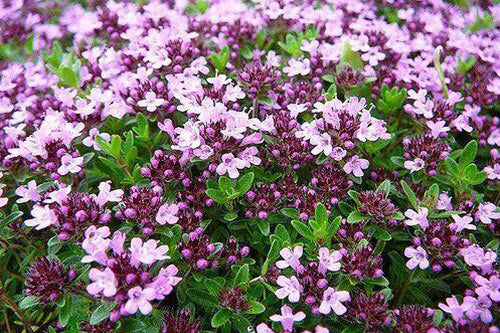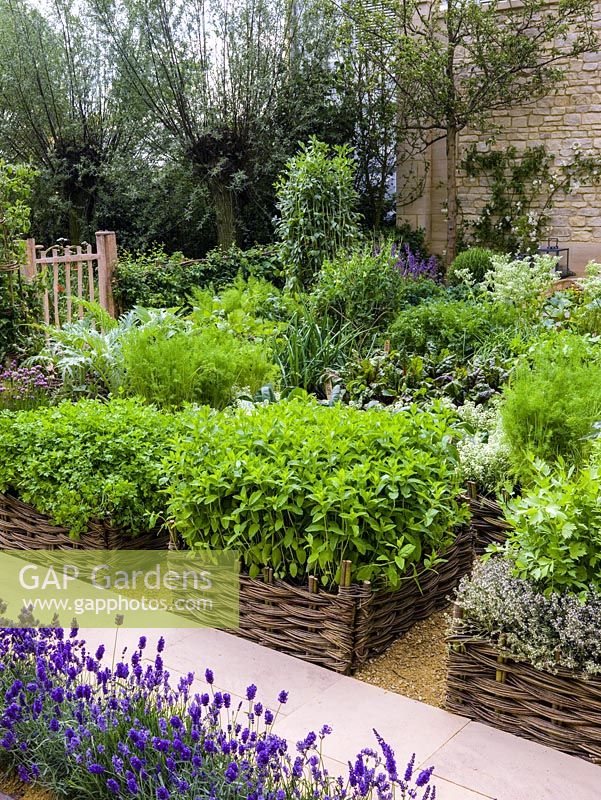
The soil where you grow thyme should be well drained and loose. If your soil is acidic, you can add lime to increase your pH. Thyme likes slightly alkaline soil, with pH value between 5.5-7.0. Give it plenty of sunshine at least 6 hours a day. Thyme likes sunshine, the hotter the better. Once established, thyme will well withstand drought conditions. Planting thyme is a perfect choice in arid areas and an ideal plant for xerophytes. Thyme, one of the European herbs, evolved from the rocky and sandy coastal climate of the Mediterranean Sea. It can only grow to four inches wide and grows slowly. This is a creeping ornamental variety with small leaves and delicate lilac flowers. I really want to add this type to my fairy tale garden. Also known as the mother of thyme, it grows in low mounds or lumps. This will not produce many flowers.Īnother ornamental species is valued for the rock garden. It is only four inches tall and has gray, slightly fuzzy leaves, hence its name. This species is a crawler, valued between the rock garden and the paver.
MOTHER OF THYME BETWEEN PRODUCE GARDEN BEDS WINDOWS
It is very suitable for deck in summer and sunny windows in winter. You can plant thyme indoors and enjoy it all year round. The little silver leaf gave it the nickname "Thyme Moonlight". Juniper thyme grows upright to only six inches tall, making it an ideal container plant. Thyme caraway can be used as a substitute for caraway seeds, and is well mixed with roast meat and bread. It looks beautiful along the path and has a fresh fragrance. Red stems and beautiful pink flowers, this is an attractive variety, both cooking and ornamental.

It has good cold resistance and can grow in 4-11 planting areas. Lemon thyme is an upright form with attractive variegated leaves and a rich lemon scent. To verify whether it is the type you want, look for the scientific name Thyme Vulgaris.

This variety is sometimes referred to as common or German thyme. This is an upright grower suitable for Zone 5-9. It is easy to become the most popular variety, and it is also our most relevant variety to cooking. Valley growers offer a variety of options. You can find more common ones in your local nursery, but if you go online, you will find more options. There are more than 300 varieties of thyme.

But that doesn't mean you can't use cooking varieties to add color to your garden. Ornamental varieties are usually those we grow in the rock garden.

Thyme has ornamental and cooking varieties. Harvesting: 105 days after planting, harvest leaves and flowers as required Watering: Watering regularly to keep the soil moist, especially in dry periodsįertilization: Not required in fertile soil, you can apply low nitrogen fertilizer before plantingĬommon problems: alterleaf spot, root rot, gray mold, aphids, spider mites Worst companions: oregano, onion, garlic, marjoram, radish Spacing: 6 to 12 inches between plants, 16 to 24 inches between rowsīest partner: cabbage, tomato, potato, Brussels sprouts, strawberry, eggplant Planting: Sow outdoors in early spring, 2-3 weeks before the last frost date Soil: loam, sandy, pH between 5.5 and 7.0, good drainage, rich in organic matter It smelled so lovely that in ancient Greece, it was a compliment to tell others that they smelled like thyme. Thyme has a wonderful spicy taste, which often reminds people of clover. Fresh thyme can enhance your cooking effect and make your kitchen smell like summer. Many chefs believe thyme is a staple herb, which is often used in combination with other Mediterranean herbs, such as oregano and parsley. In addition to the kitchen, thyme is very popular as a landscaping plant in rock gardens and courtyards, thanks to its tolerance to dry and hot conditions. The following content also has some reference value for raised garden beds. The leaves are small, but very delicious. Thyme is a cold resistant, perennial, evergreen herb, which is very suitable for stewing and soup in winter.


 0 kommentar(er)
0 kommentar(er)
